Experiencing issues with the Microsoft Store not opening on your Windows 11 PC can be frustrating, especially when you need to download or update apps. Fortunately, there are several solutions you can try to get the Microsoft Store up and running again.
1. Reset or Repair the Microsoft Store Application
One of the simplest ways to fix issues with the Microsoft Store is to reset or repair the application through the app settings.
- Right-click on the
Startbutton on your taskbar and select Settings. - In the Settings window, click on Apps from the left sidebar, then choose Apps & features on the right.

- Scroll down to find Microsoft Store in the list of apps.
- Click the three vertical dots next to Microsoft Store and select Advanced options.

- Scroll down to the Reset section.
- First, click on Repair to fix the app without affecting your data.

- If repairing doesn't work, click on Reset. This will reinstall the app and revert it to its default settings. Note that this may delete app data.
2. Reset the Microsoft Store Cache
Clearing the Microsoft Store cache can remove any corrupted files that might be preventing the app from opening.
- Click on the
Searchicon in the taskbar and typewsreset. - Select wsreset from the search results.

- A blank command window will appear. Wait for it to automatically close and open the Microsoft Store.
3. Re-register the Microsoft Store Using PowerShell
If resetting doesn't help, you can re-register the Microsoft Store app using PowerShell.
- Type
PowerShellin the Windows search bar. - Right-click on Windows PowerShell and select Run as administrator.
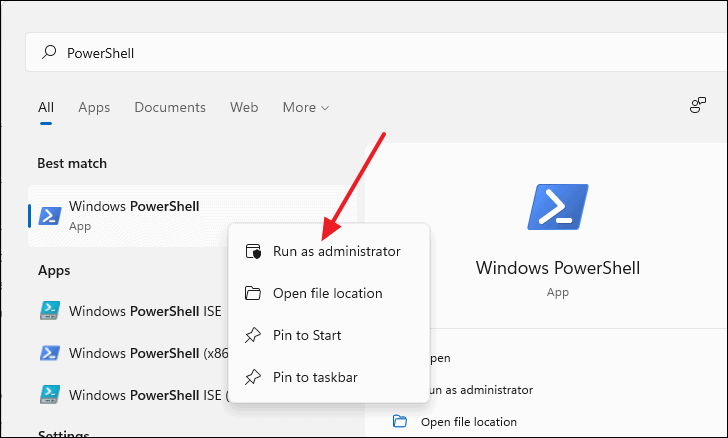
- In the PowerShell window, paste the following command and press
Enter:
PowerShell -ExecutionPolicy Unrestricted -Command "& {$manifest = (Get-AppxPackage Microsoft.WindowsStore).InstallLocation + 'AppxManifest.xml' ; Add-AppxPackage -DisableDevelopmentMode -Register $manifest}"
After the command executes, try opening the Microsoft Store again.
4. Use the Windows Store Apps Troubleshooter
Windows 11 includes a built-in troubleshooter that can detect and fix problems with the Microsoft Store.
- Open Settings by pressing
Windows+ior by searching for it.
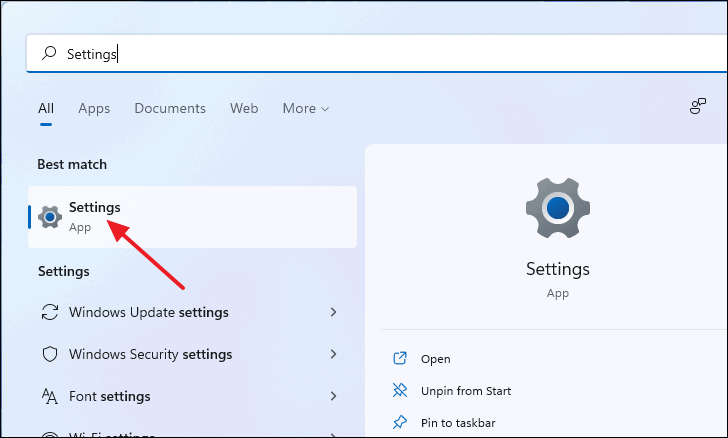
- In Settings, select Troubleshoot from the right pane.
- Click on Other troubleshooters.
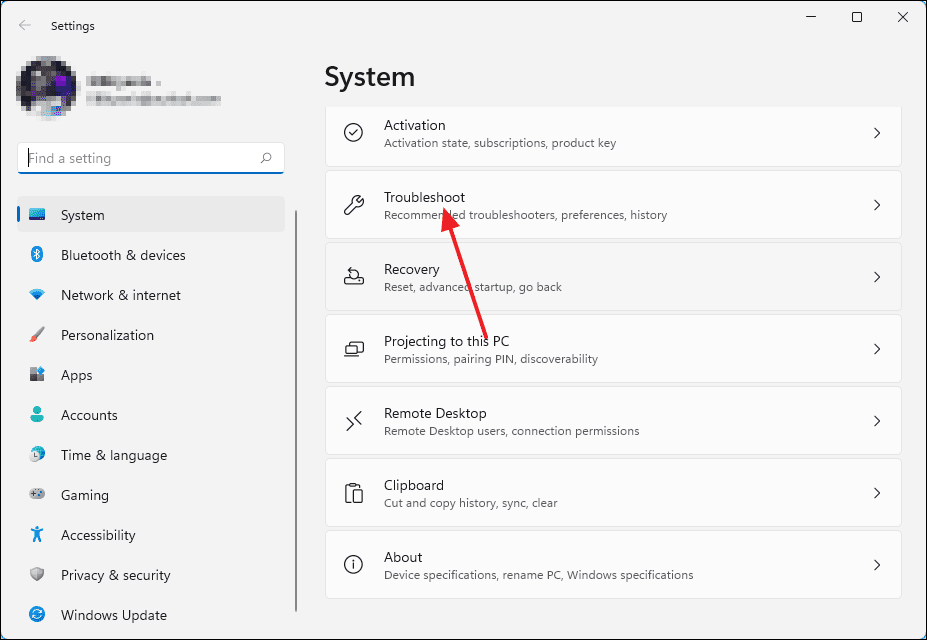
- Scroll down to find Windows Store Apps and click on Run.
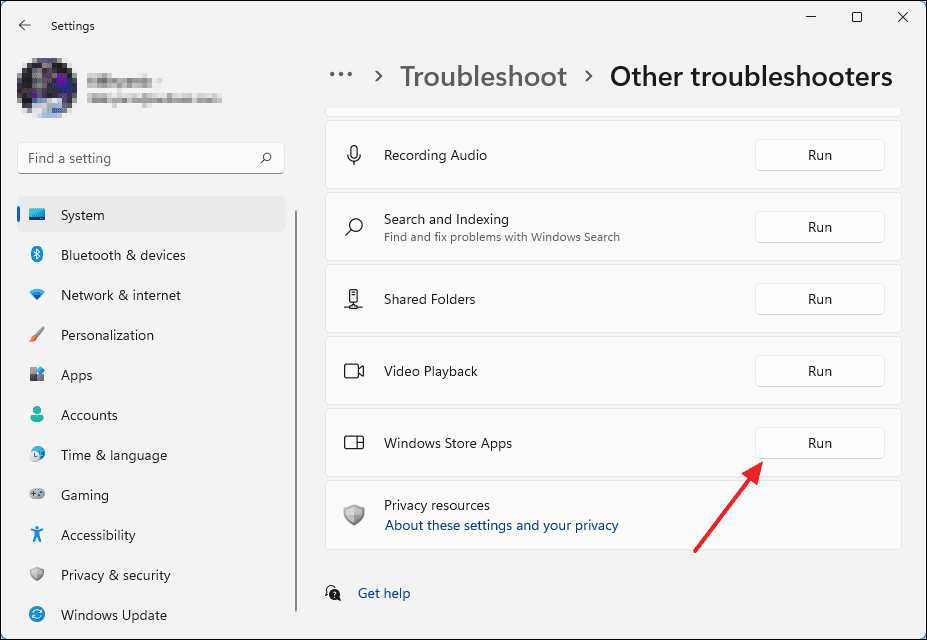
- Follow the on-screen instructions to complete the troubleshooting process.
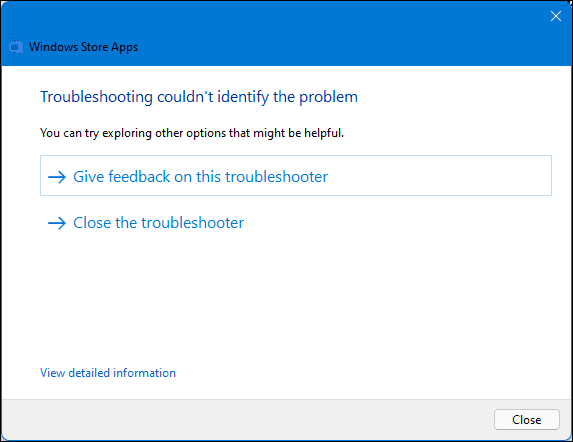
5. Check Your Internet Connection
A stable internet connection is essential for the Microsoft Store to function properly. Ensure that your PC is connected to the internet.
- Open Settings by pressing
Windows+i. - Select Network & internet from the left sidebar.
- Verify that your network shows as Connected under either Ethernet or Wi-Fi.
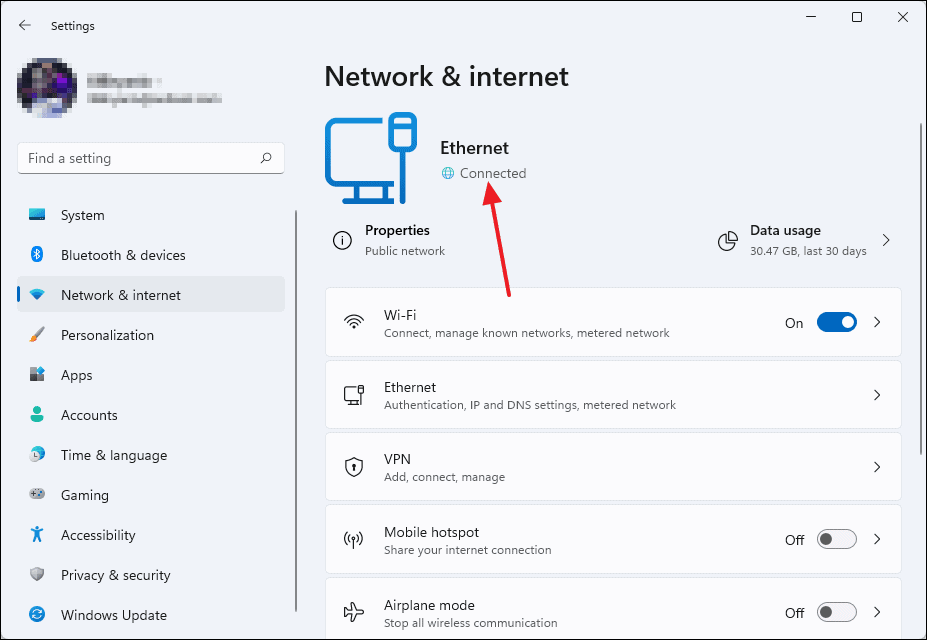
You can also check your connection using Command Prompt:
- Open the Command Prompt by searching for
CMDin the Start Menu.
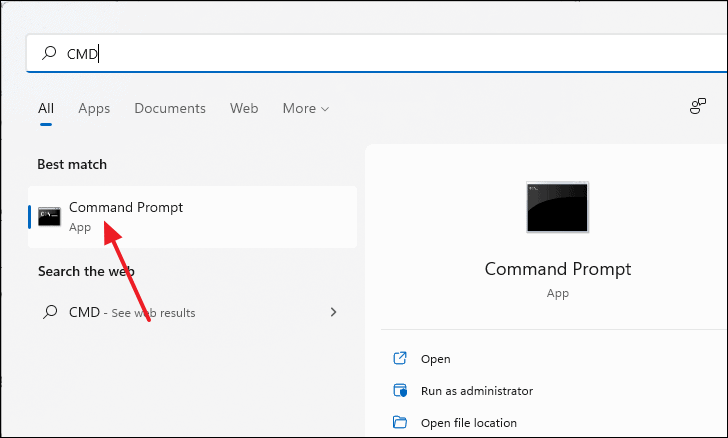
- Type
ping google.comand pressEnter.
ping google.com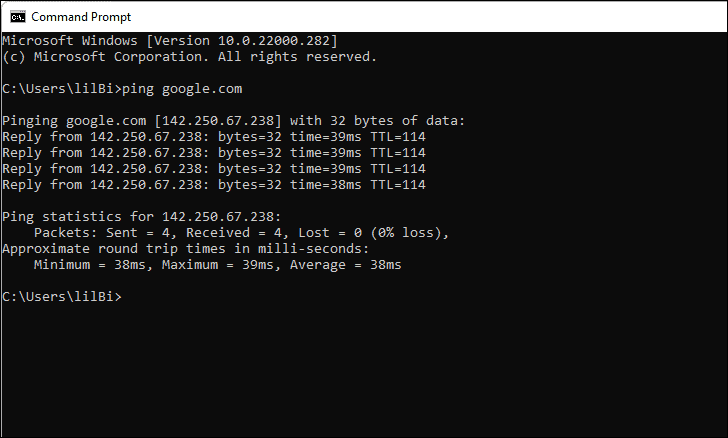
If you experience packet loss or high ping times, contact your internet service provider.
6. Fix Date and Time Settings
Incorrect date and time settings can cause synchronization issues with the Microsoft Store servers.
- Open Settings by pressing
Windows+i. - Select Time & Language from the left sidebar, then choose Date & time.
- Toggle on Set time automatically and Set time zone automatically.
- Click on Sync now under Additional settings.
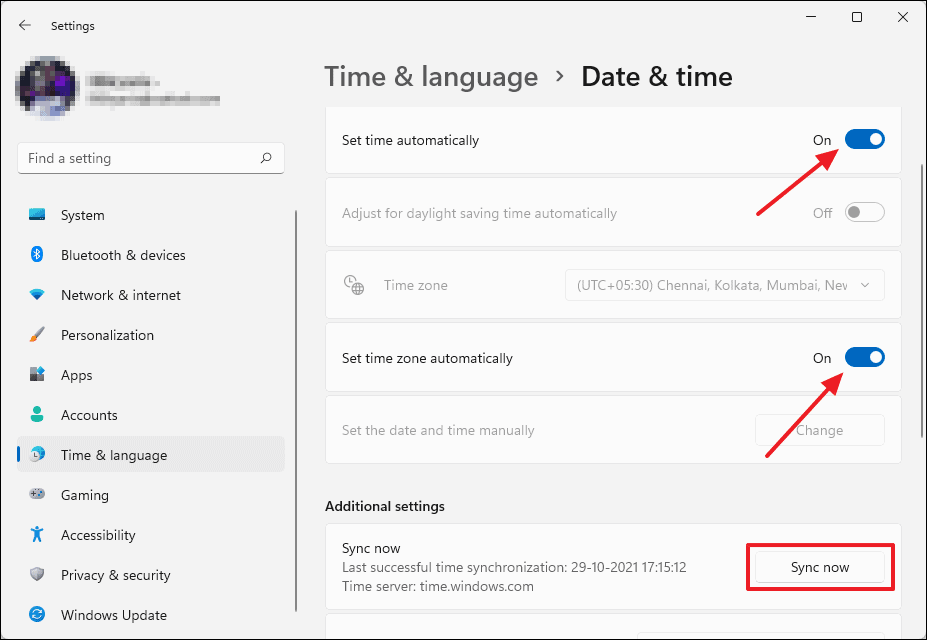
7. Set the Correct Region on Your PC
The Microsoft Store depends on your region settings to provide appropriate content and services.
- Open Settings and navigate to Time & Language, then select Language & region.
- Under the Region section, ensure your correct Country or region is selected from the dropdown menu.
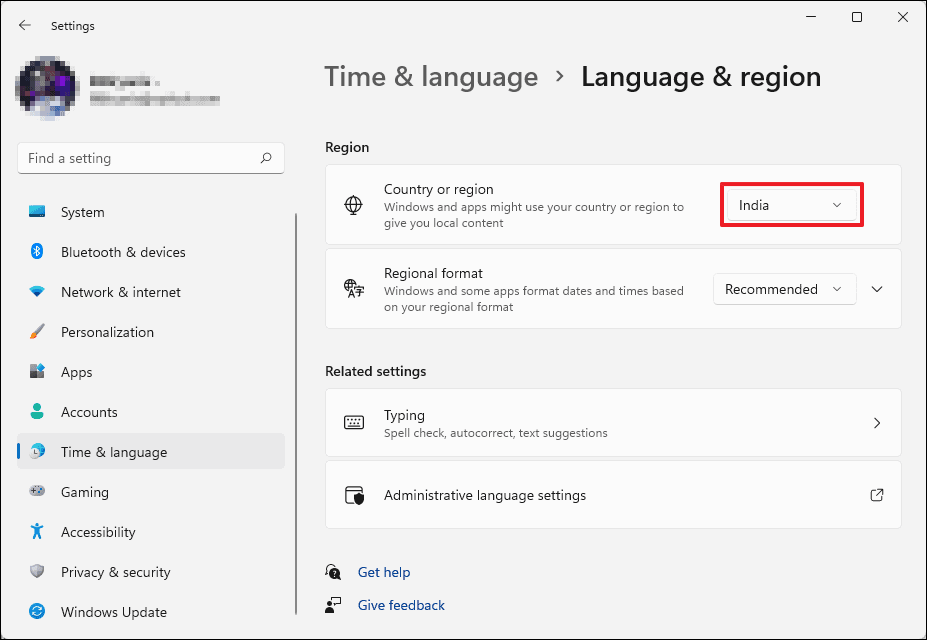
8. Ensure Windows Update Services Are Enabled
The Microsoft Store relies on the Windows Update service. If it's disabled, the Store may not function properly.
- Press
Windows+Rto open the Run dialog, typeservices.msc, and pressEnter.
Alternatively, search for Services in the Windows search bar and open it.
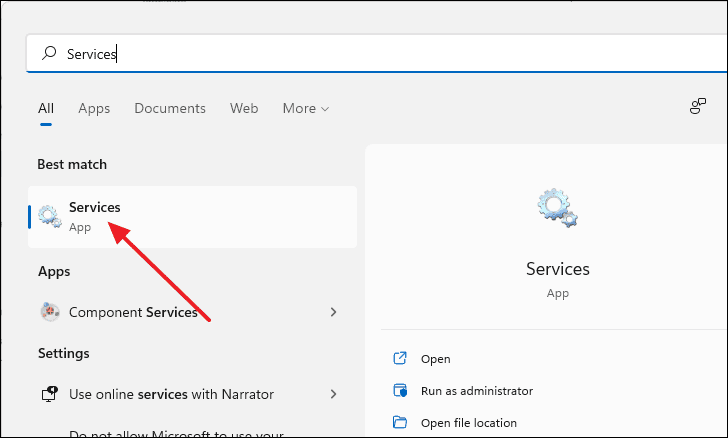
- Scroll down to find Windows Update, and double-click on it.
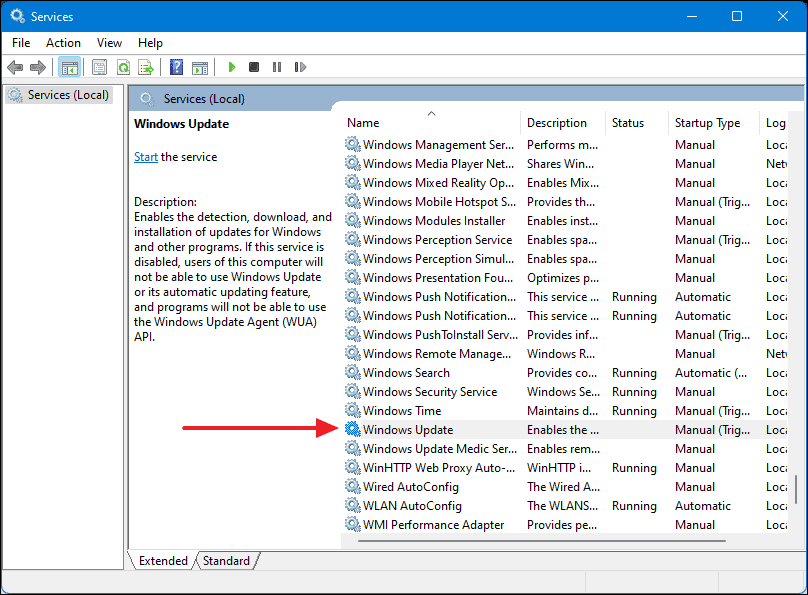
- In the Properties window, set the Startup type to Automatic and ensure the Service status is Running. If not, click Start.
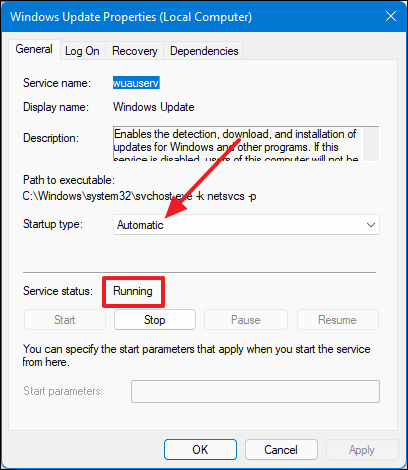
9. Check for Windows Updates
Keeping your system updated can fix bugs and improve stability, potentially resolving issues with the Microsoft Store.
- Open Settings and select Windows Update from the left sidebar.
- Click on Check for updates.
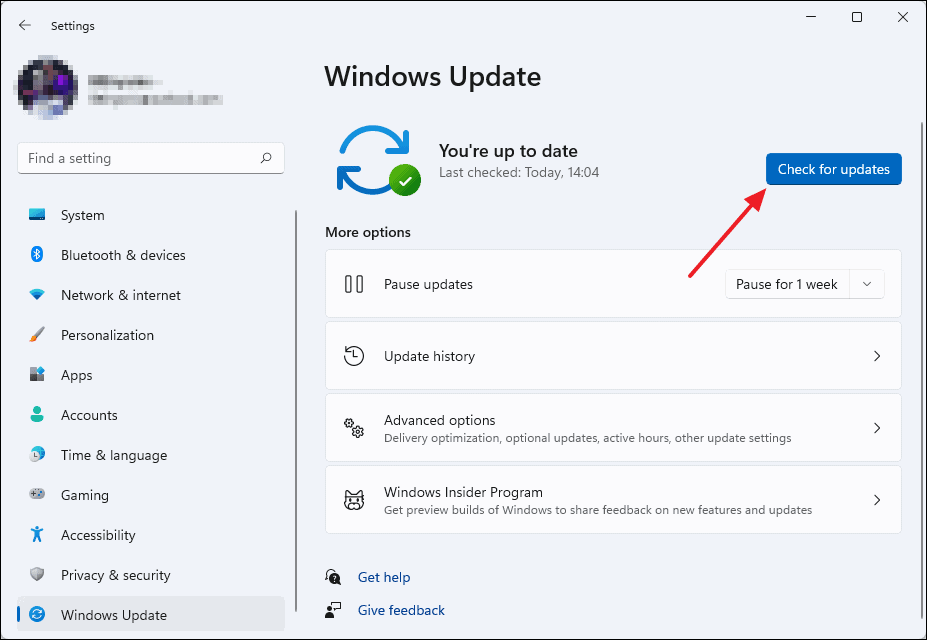
- If updates are available, they will download and install automatically. Restart your PC if prompted.
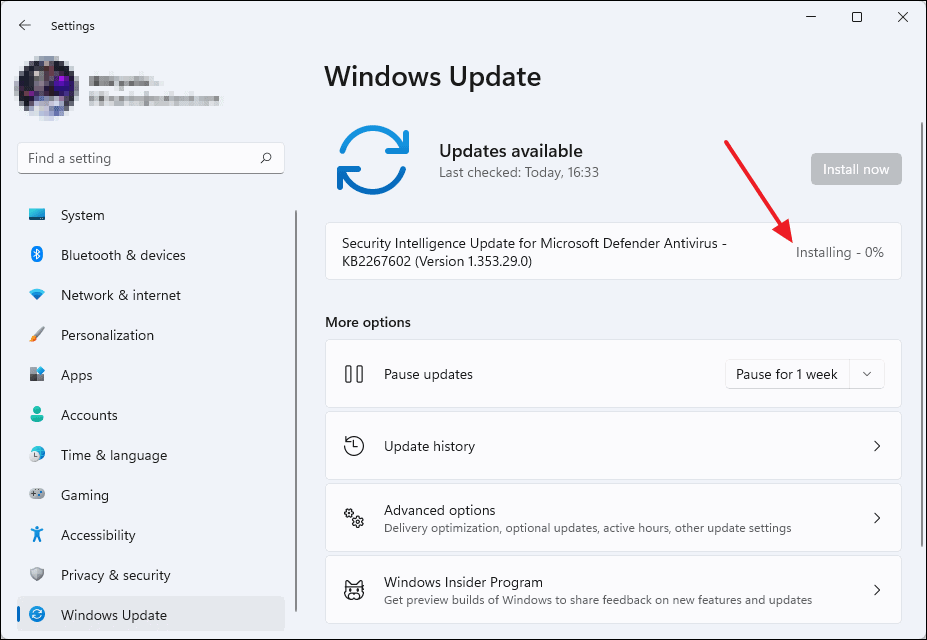
10. Verify You Are Signed into Your Microsoft Account
You need to be signed into a Microsoft account to use the Microsoft Store.
- Open Settings and select Accounts, then click on Your info.

- Under Account settings, check if it says Microsoft account. If not, click on Sign in and enter your Microsoft account credentials.
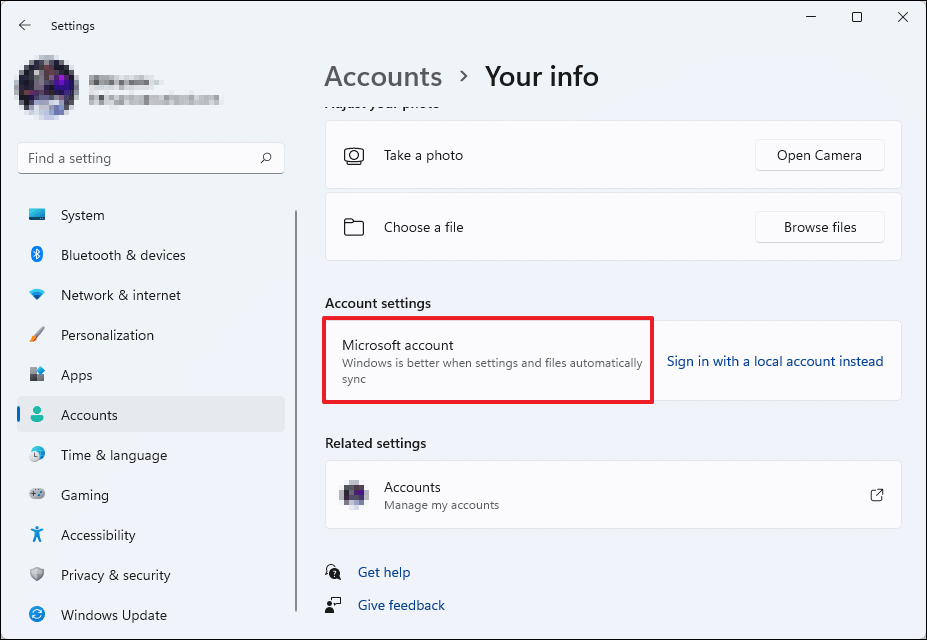
11. Turn Off Proxy Servers
Proxy servers can interfere with the Microsoft Store's ability to connect to the internet.
- Open Settings and navigate to Network & internet, then click on Proxy.
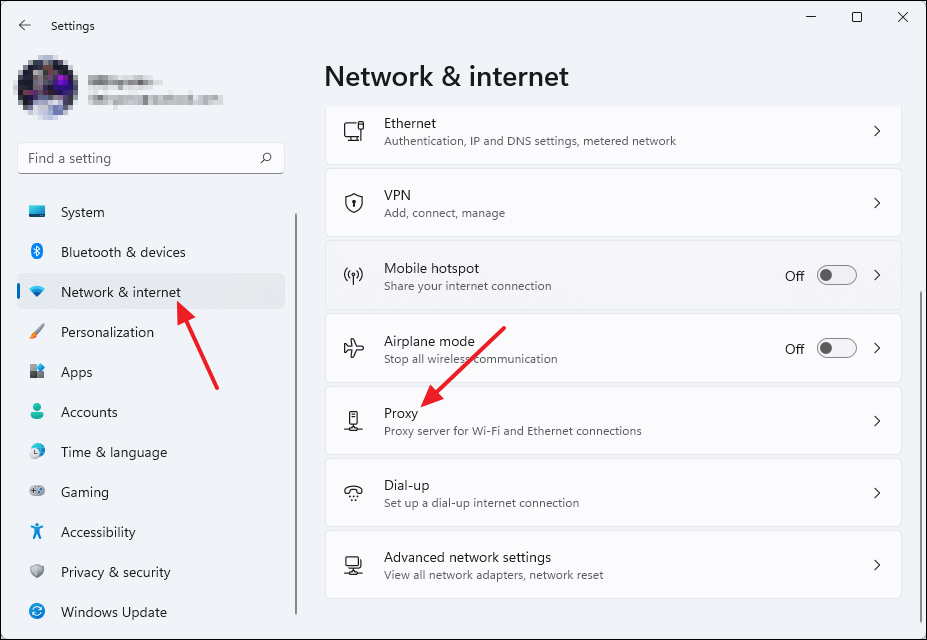
- Under Automatic proxy setup, toggle off Automatically detect settings.
- Under Manual proxy setup, click on Set up.
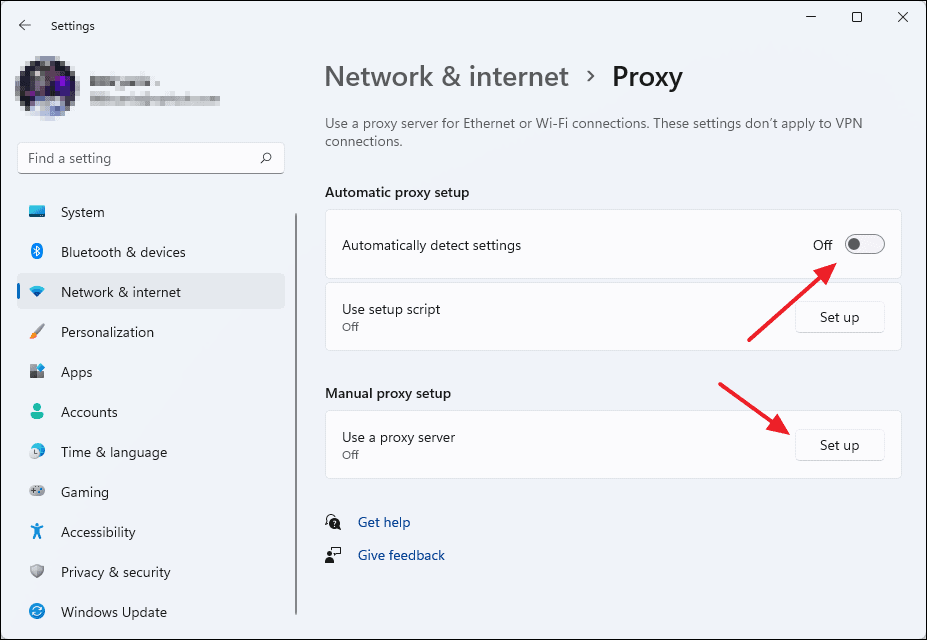
- In the Edit proxy server window, toggle off Use a proxy server and click Save.
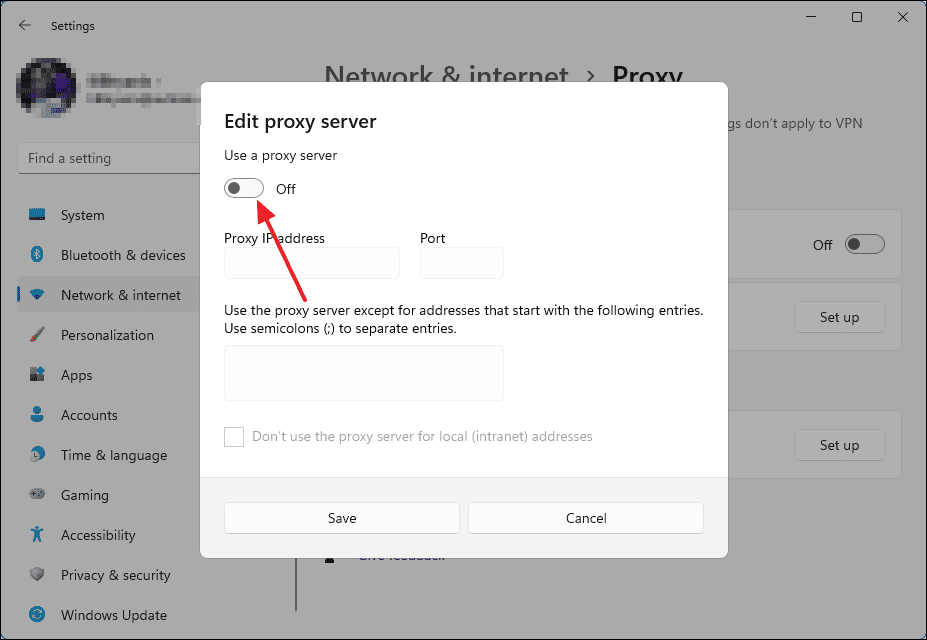
12. Use a Custom DNS Server
Changing your DNS settings to a reliable server like Google's can help resolve connectivity issues with the Microsoft Store.
To change DNS settings on your PC:
- Open the Control Panel by searching for it in Windows Search.
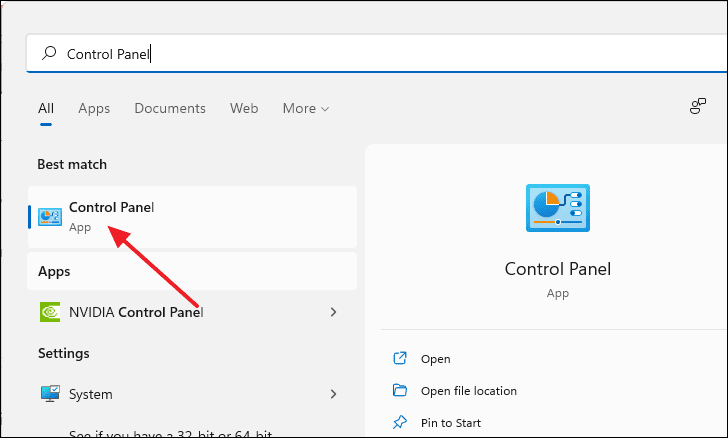
- Click on Network and Internet, then select Network and Sharing Center.

- On the left, click on Change adapter settings.
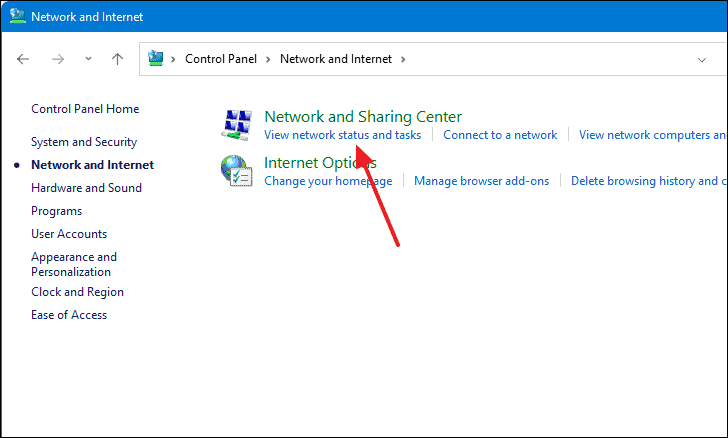
- Right-click on your active network adapter and select Properties.

- Double-click on Internet Protocol Version 4 (TCP/IPv4).
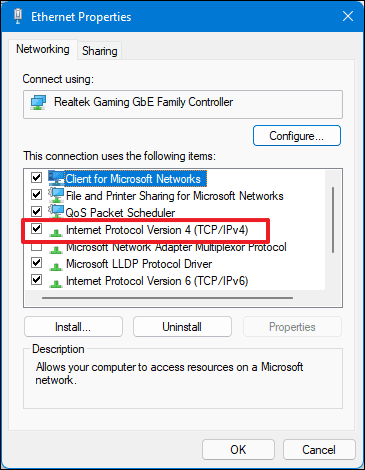
- Select Use the following DNS server addresses.
- Enter
8.8.8.8as the Preferred DNS server and8.8.4.4as the Alternate DNS server. - Click OK to save the changes.
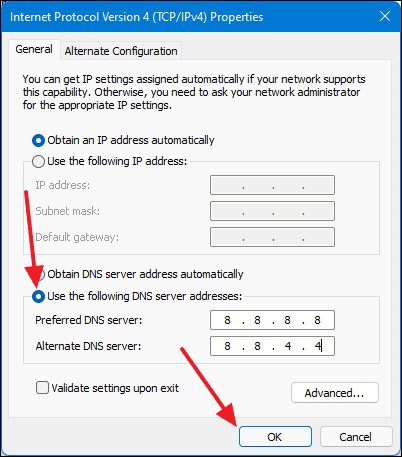
Note: The process might slightly vary depending on your router manufacturer if you choose to change DNS settings through your router.
13. Disable VPN on Your PC
VPN services can sometimes interfere with the Microsoft Store's connectivity. Try disabling your VPN and see if the Store opens.
14. Uninstall Your Antivirus Software
Third-party antivirus programs can block the Microsoft Store from accessing the internet. Consider uninstalling or temporarily disabling your antivirus software.
- Open the Control Panel by searching for it.

- Click on Uninstall a program under Programs.

- Select your antivirus software from the list and click Uninstall.
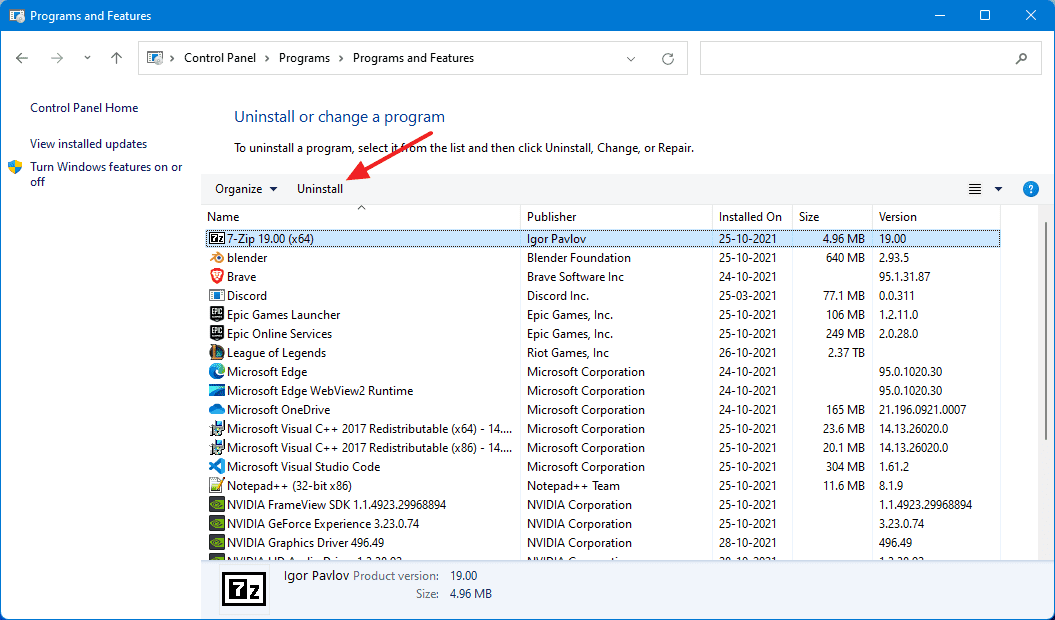
By following these methods, you should be able to resolve the Microsoft Store not opening issue on your Windows 11 PC.

